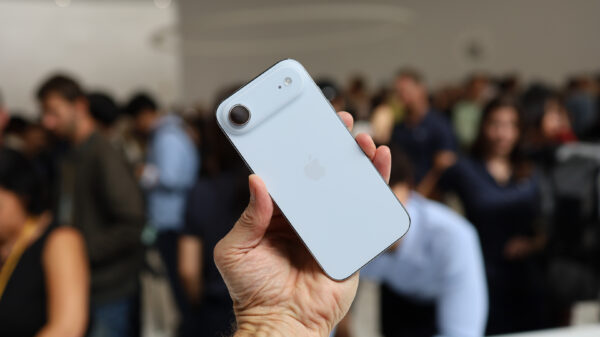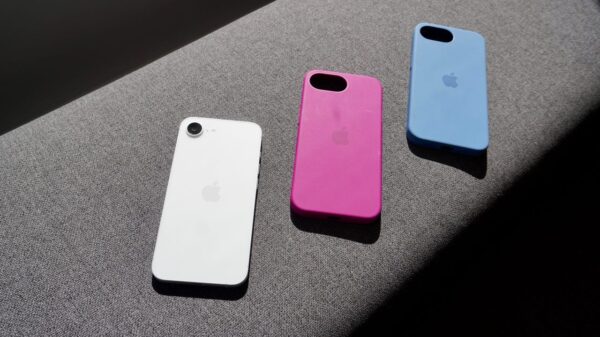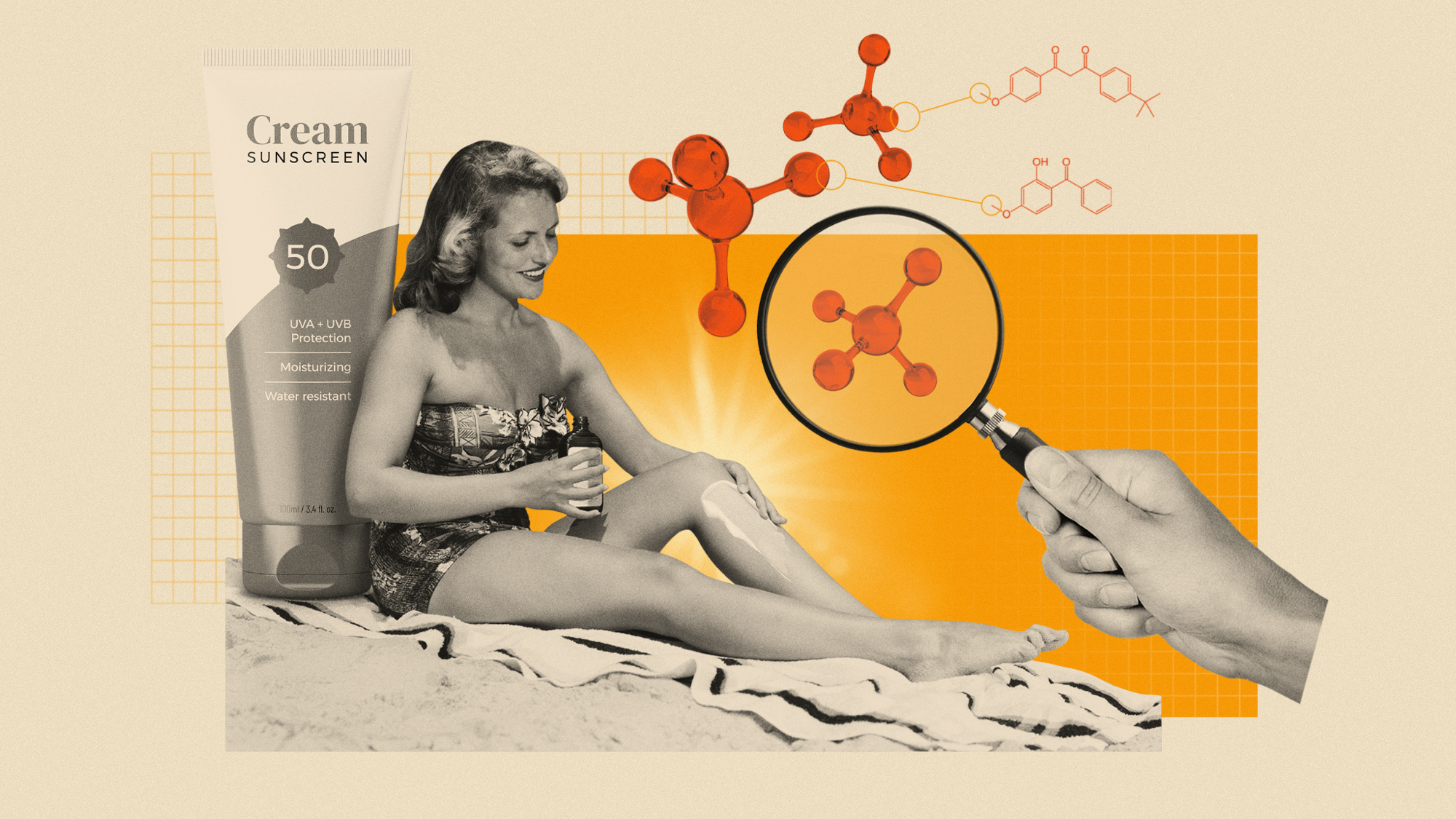The safety of sunscreen is under scrutiny as a growing number of influencers advocate against its use, claiming that its ingredients may pose health risks, including cancer. These assertions have alarmed dermatologists and skin cancer specialists who emphasize the protective benefits of sunscreen against harmful ultraviolet (UV) rays.
Sunscreen works by utilizing organic or inorganic filters that absorb UV light, converting it into heat, or reflecting and scattering the light. Exposure to UV radiation can damage the DNA in skin cells, leading to mutations that contribute to skin cancer. High-quality evidence consistently shows that daily use of sunscreen significantly lowers the risk of developing both melanoma and non-melanoma skin cancers.
Claims of Harmful Ingredients
Some influencers, identifying themselves as “sun nutritionalists,” argue that traditional sun protection products are more harmful than natural sun exposure. Their claims include assertions that sunscreen contains toxins capable of disrupting hormones and contributing to vitamin D deficiency. The most extreme among them suggest that these products are part of a conspiracy to keep the public unwell.
Scientific evidence, however, contradicts these claims. According to Antony Young, a professor of experimental photobiology at King’s College London, there is “zero evidence” supporting the idea that sunscreens cause cancer. He explains that skin cancers result from mutations, most of which are directly linked to UV exposure. Research conducted by Young’s team demonstrates that daily use of sunscreen has minimal impact on the body’s ability to produce vitamin D, an essential nutrient.
Investigating Toxicity and Safety
Concerns about the toxicity of sunscreen ingredients, particularly oxybenzone, stem from misinterpretations of two significant studies. The first, conducted in 2001, found that female rats exposed to high doses of oxybenzone developed malformed uteruses. However, the amounts used in the study were unrealistically high; a human would need to apply a sunscreen with 6% oxybenzone daily for an estimated 277 years to reach similar absorption levels, as reported by BBC Future.
The second study, published in 2019, examined the blood of individuals who applied large amounts of sunscreen. It discovered traces of oxybenzone and other UV filters exceeding the safety thresholds established by the US Food and Drug Administration (FDA). Notably, the study’s authors cautioned that the amounts used were not typical, as most people do not apply sunscreen in such excessive quantities. Subsequent research has found no conclusive evidence that oxybenzone poses a health risk. Nevertheless, as a precautionary measure, both the UK and EU plan to reduce the concentration of oxybenzone in sunscreens to 2.2% by 2026.
The precautionary reduction is viewed by some “sun nutritionalists” as validation of their claims, despite the lack of scientific support for harmful effects linked to sunscreen use.
There is also ongoing debate about whether mineral sunscreens are safer than chemical formulations. Many sunscreens combine both types. Chemical sunscreens are soluble, providing a smoother application and a clearer appearance. In contrast, mineral sunscreens, often referred to as “physical sunscreens,” are perceived as safer due to the belief that they only reflect or scatter UV light. However, modern mineral formulations primarily absorb UV light similarly to their chemical counterparts.
While the solubility of chemical sunscreens can lead to some ingredients entering the bloodstream, current evidence does not indicate significant harm. Experts agree that the risks of UV exposure without any protection far outweigh the concerns surrounding the ingredients in sunscreens.
As the debate continues, it remains crucial for consumers to rely on scientific evidence rather than unverified claims. Public health organizations globally advocate for the use of sunscreen as an effective means of preventing skin cancer and protecting skin health.







































































